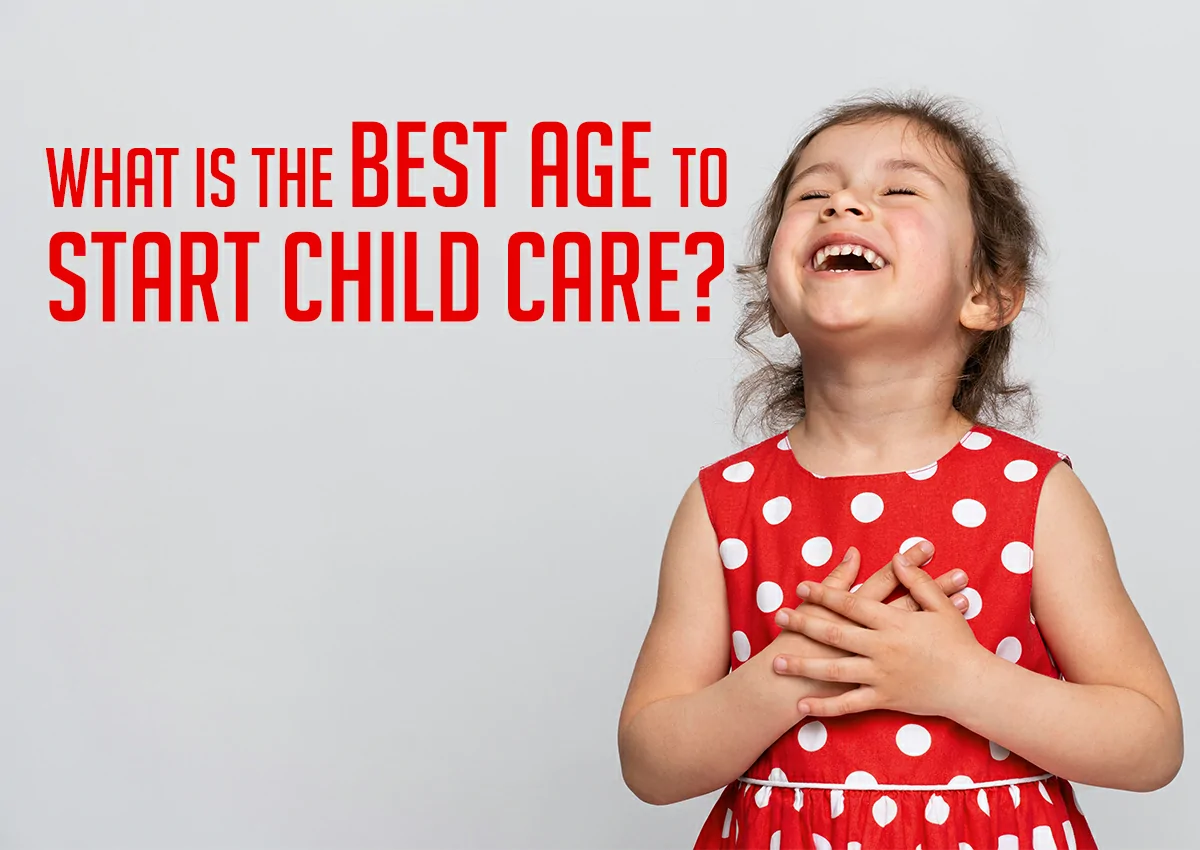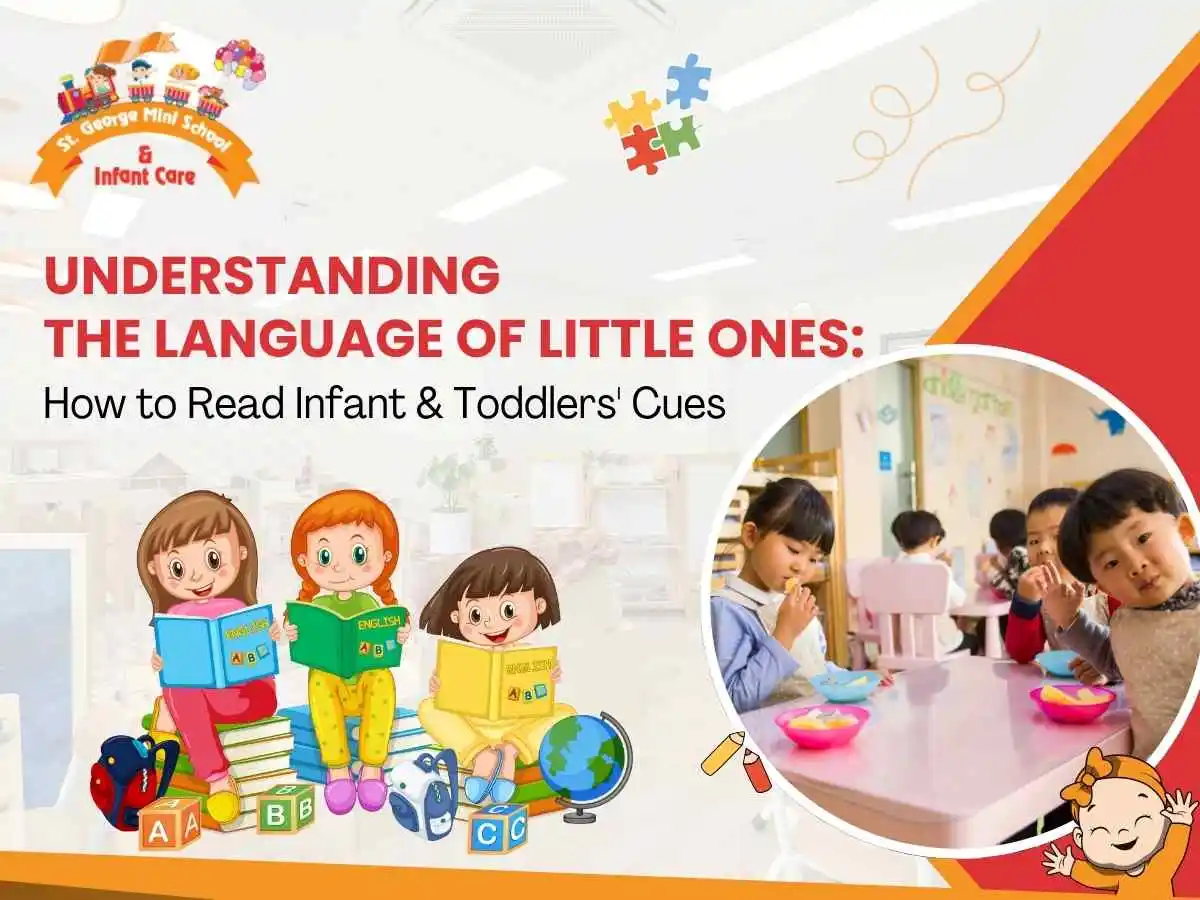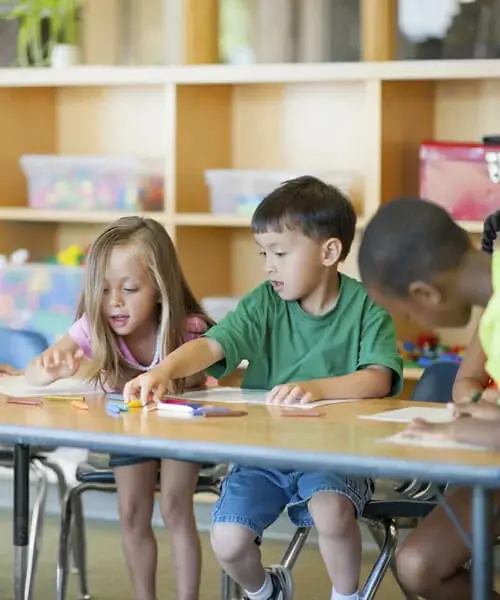33 Mallard Rd: (647) 478-6114
141 Bond Ave: (647) 478-6043
25 Mallard Rd: (647) 812-7795
33 Mallard Rd: (647) 478-6114
141 Bond Ave: (647) 478-6043
25 Mallard Rd: (647) 812-7795
2025-07-17
Infants
communicate in different ways. Infants communicate in different ways. Although
they cannot speak, their actions and gestures indicate what and how they are
feeling. Their facial expressions, body movements, and cries indicate their
feelings and needs. Understanding the Language of Little Ones focuses on
nurturing infants' emotional and physical development, especially in a daycare
center.
If you
find that the baby is upset and you calm them down, then they will understand
how to get relaxed and comfortable. Let's explore one of the most common cues
you'll see to convey with infants.
Hunger
When the
tummies of little ones start to rumble, infants give cues like sucking sounds,
look eagerly toward the bottle, and try to munch on their tiny hands like it's
a snack. If you notice these cute cues at home or in daycare, you can feed them
before they start crying.
Tiredness
Toddlers
start to rub their eyes or repeatedly yawn; this cue means it's time to sleep.
Pay attention to these gentle cues early to help you put babies to sleep.
Stress
If a baby
arches their back and is not playing with their loved toys, the cue means,
"I've had enough!" It's a clear sign they're feeling overstimulated. In
daycare, caregivers stop the activity and cuddle to help them feel calm.
Ready to Play
Babies
show their wide and sparkly eyes and make cheerful coos; it's their cue to say,
"Let's play!". Engaging with toddlers by pointing at pictures and
toys and playing with them in funny voices, whether they are at home or in
daycare schools.
Clenched fists
Cues like
tightly clenched fists indicate that a toddler is feeling uncomfortable. Moving
to a quieter space and giving a soft hug, rubbing their back helps soothe their
discomfort.
Open hands
Open,
relaxed hand cues indicate that the baby is calm and content. A toddler's Open
hands are the natural, unencumbered hand position that often accompanies other
cues of comfort, such as facial expressions and steady breathing.
Infant Cues and Vocabulary Development
New Day
Care Centers integrate language-rich activities into daily routines. Caregivers
are trained to point, name, and label objects, combining eye contact with
gentle gestures. The Day Care Center in North York
offers parent workshops to help families understand baby cues.
Conclusion
To better understand and connect with babies, start by observing their subtle cues, and then slowly, you'll understand them. Caregivers in daycare help foster communication skills to understand an infant's language. Connect with our Childcare experts to learn more about our infant and toddler daycare programs in North York.
Featured Blogs
 28/03/22
28/03/22
Which Is The Best Age To Start Chil...
Daycare North York Infant Daycare North York Infant Daycare North day care center north york preschool programs in North York daycare north york Daycare Toddlers North York preschool programs North York Preschool Programs North York infant daycare north york Subsidized child care north york Day Care Toddlers North York child care north york Before and After School Care North York Before and After Child Care North York Day Care North York Preschool North York Child care in North York Day Care Center North York daycare toddlers north york Before and After school care North York Child care North York preschool programs north york Day Care Schools North York day care centre in North York day care centre preschool north york before and after school care north york before and after school before and after school North York daycare toddlers in North York daycare



